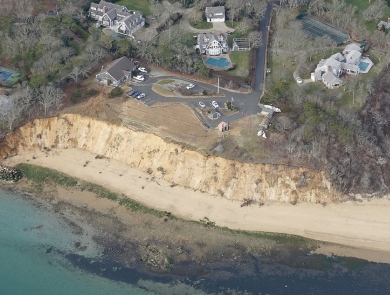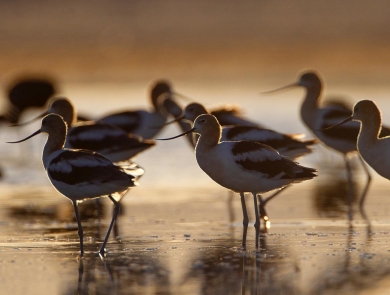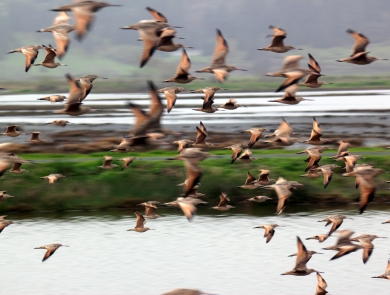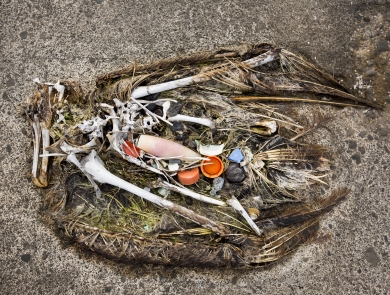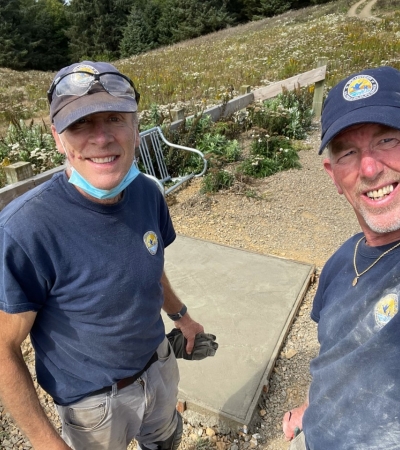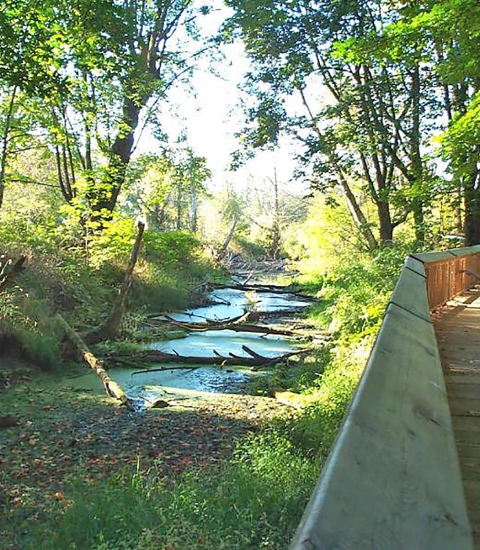Facility
Location
35704 County Highway 26
Rochert, MN 56578
United States
Volunteer Position Overview
About This Position
The purpose of environmental education is to enhance student experience and knowledge through hands-on activities and programs designed to meet education standards. Volunteer will lead activities primarily for school groups with a focus on local partner schools who visit three times/year. Grade levels include K, 3rd 5th, and 9th. Training will be provided through an orientation on environmental education, specific training on each activity and through mentoring with an experienced leader. There are 3 week sessions, 3 days/week. Volunteer commitment is 6-8 hrs/day as available. Leaders may also lead activities for summer day camps associated with local summer school programs. Time frame varies but may be a 3 week session with a commitment of up to 3 days per week as available.
Duties/Activities
Stories About Volunteering
Other Ways to Work with Us
Are you looking for something different than a volunteer opportunity? The Fish and Wildlife Service employs around 9,000 people nationwide and offers great internship opportunities every year.
